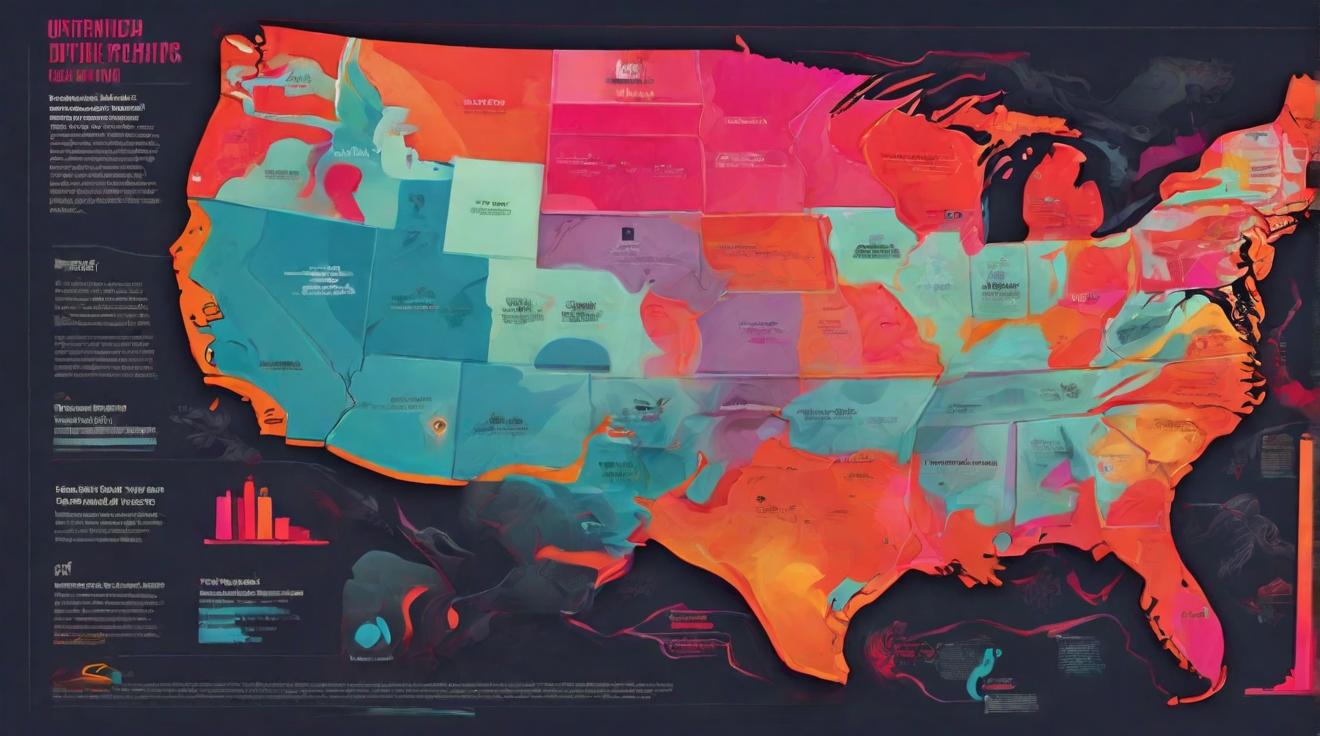Coca-Cola vs. PepsiCo: Analyzing their Global Market Presence
When it comes to the beverage industry, Coca-Cola and PepsiCo have long been fierce rivals. These two giants have dominated the global market for decades, with their iconic brands and extensive distribution networks. In this article, we will analyze the global market presence of Coca-Cola and PepsiCo, and compare their strengths, weaknesses, opportunities, and threats (SWOT) in the beverage industry.
The Beverage Industry: A SWOT Comparison of Coca-Cola and PepsiCo
Both Coca-Cola and PepsiCo operate in the highly competitive and rapidly evolving beverage industry. This industry encompasses a wide range of products, including carbonated soft drinks, juices, sports drinks, and water. To gain a better understanding of their global market presence, let’s examine the strengths, weaknesses, opportunities, and threats of Coca-Cola and PepsiCo in this industry.
Strengths: Examining Coca-Cola’s Dominance in the Global Market
Coca-Cola has established itself as the undisputed leader in the global beverage market. Its iconic brand and extensive distribution network have allowed it to penetrate almost every corner of the world. Coca-Cola’s diverse product portfolio, which includes popular brands like Sprite, Fanta, and Dasani, gives it a competitive edge. Moreover, the company’s strong marketing campaigns and partnerships with major sporting events and celebrities have helped solidify its dominance.
Weaknesses: Assessing PepsiCo’s Challenges in the Beverage Industry
While PepsiCo is a major player in the beverage industry, it faces some challenges in competing with Coca-Cola. One of the main weaknesses of PepsiCo is its heavy reliance on the North American market. Unlike Coca-Cola, which has a more diversified global presence, PepsiCo generates a significant portion of its revenue from the United States. This lack of international reach puts PepsiCo at a disadvantage when it comes to capturing emerging markets.
Opportunities and Threats: Evaluating the Competitive Landscape
Both Coca-Cola and PepsiCo face similar opportunities and threats in the competitive beverage industry. An opportunity for both companies lies in the growing consumer demand for healthier and more sustainable beverage options. This has led to an increase in the consumption of non-carbonated drinks, such as bottled water and fruit juices. Both Coca-Cola and PepsiCo have been investing in these segments to capitalize on this trend.
However, both companies also face threats from changing consumer preferences and increasing regulations on sugary beverages. As consumers become more health-conscious, they are seeking alternatives to traditional carbonated soft drinks. Additionally, governments around the world are implementing policies to combat obesity, which often include taxes or restrictions on sugary drinks. These factors pose a risk to the growth of Coca-Cola and PepsiCo’s carbonated drink portfolio.
In conclusion, Coca-Cola and PepsiCo are two of the most powerful players in the global beverage industry. While Coca-Cola has established itself as the dominant force with its iconic brand and extensive distribution network, PepsiCo faces challenges in expanding its international presence. Both companies have opportunities in the growing market for healthier beverage options, but also face threats from changing consumer preferences and increasing regulations. As the beverage industry continues to evolve, Coca-Cola and PepsiCo will need to adapt and innovate to maintain their global market presence.













